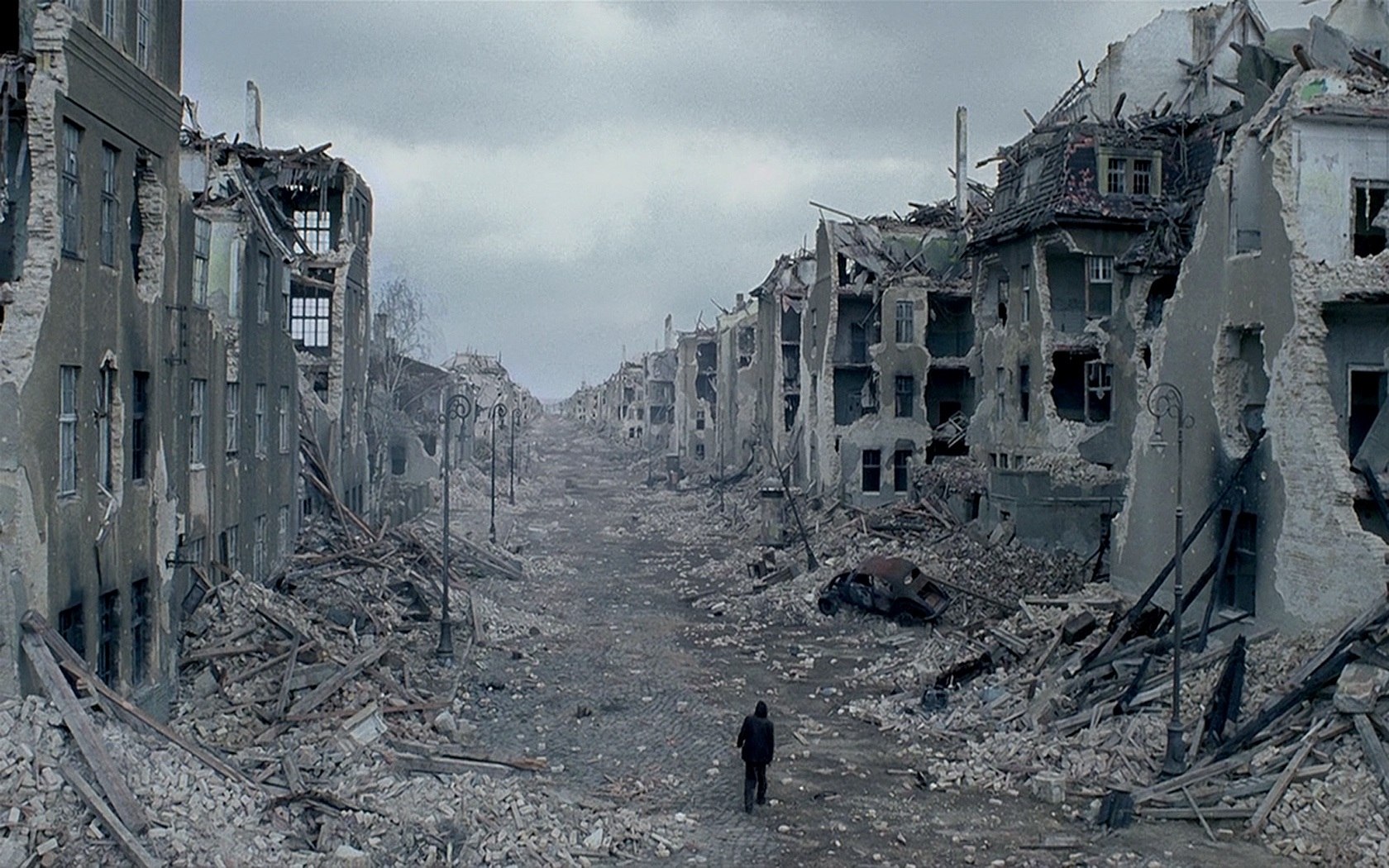The French government introduced ‘clean air’ windscreen stickers as a legal requirement in some of its cities.
These identify a vehicle’s emissions levels and, in some cases, restrict access in order to improve air quality.

British drivers heading to France this summer are advised that driving without a French ‘clean air’ sticker, called a Crit’Air vignette – which costs just €4.51 (including postage) per vehicle – makes them culpable for an on-the-spot fine of up to €135.
Although there were changes made in the summer of 2019, the French government has slightly updated the Crit’Air Scheme for a post-pandemic era , so careful!
To make sure you’re as clued up as possible about all things Crit’Air before your trip to France, here’s everything you need to know.
The “Crit’Air” vignette is used to identify a petrol or diesel vehicle’s emissions levels and, in some cases, restrict access to improve air quality.
While they do cost, generally around €5 (£4.41), they could save drivers fines of up to €135 (£119.07) in certain circumstances.
Crucially, for UK drivers, vehicles not registered in France will also have to display the sticker.
Cars registered before January 1997 and motorbikes and scooters registered before June 2000 are ineligible, and cannot be driven at all where restrictions apply.
Restrictions are also in place for trucks and buses registered before 2001.
There are currently two different types of government-defined low emissions zones in France:
- Permanent low-emission zones (known as ZCR – Zone à Circulation Restreinte)
- Temporary emergency low-emissions zones (known as ZPA – Zone de la Protection de l’Air)
Here, Crit’Air stickers should be affixed on the right-hand side of the car’s windscreen and should be clearly visible at all times.

French low emission zones (ZCR)
Permanent low-emissions zones (known as ZCRs) restrict access (both for driving and parking) to certain vehicles based on their Crit’Air vignette, only allowing access for those displaying a certain category.
These restrictions are in place permanently (usually between certain hours and/or on certain days) and all vehicles seeking entry will need to physically display a sticker regardless of their category, or risk landing a fine.
As of July 2019, ZCRs are currently implemented in the following three French cities: Grenoble, Paris and Strasbourg.
Crit’Air Grenoble – Grenoble low-emissions zone
Established in January 2017, the Grenoble ZCR covers the vast majority of the Alpine city and is imposed 24 hours a day, 7 days a week.
As of April 2019, only light commercial vehicles and trucks displaying Crit’Air vignettes E, 1, 2, 3 and 4 are allowed to enter the city. The restrictions do not stretch to private cars, although it’s possible this will change in the future.
Crit’Air Paris – Paris low-emissions zone
The French capital actually has two permanent low-emissions zones in place – the Greater Paris ZCR and the Central Paris ZCR.
The Central Paris ZCR (also known as the City of Paris ZCR) was France’s first low-emissions zone. The ZCR was introduced back in September 2015 and currently covers the entire area within the Boulevard Périphérique ring-road.
Since 1 July 2019, more stringent rules have been introduced in the ZCR, meaning that only vehicles displaying Crit’Air vignettes E, 1, 2 and 3 are allowed to enter the city between 0800 and 2000, Monday to Friday.
The Greater Paris ZCR (also known as a ZPE – Zone à Faibles Emissions) is a permanent low-emissions zone established in July 2019 that largely corresponds to the area within the city’s A86 ‘outer’ ring road.
As of July 2019, only 47 of the 79 municipalities within this area have adopted the emissions zone, leading to a patchwork of different emissions standards across Greater Paris. It is anticipated that all 79 will have signed up by 2021.
In participating areas, only vehicles displaying Crit’Air vignettes E, 1, 2, 3 and 4 are allowed to enter between 0800 and 2000 from Monday to Friday. From 2021, both of Paris’s two ZCRs are scheduled to impose the same restrictions.
This rule applies to all vehicles, including those from the UK. If you’re caught in the French capital breaking this ban, you risk a fine of up to €68 for cars and motorbikes, or €135 if you’re driving a truck.
Find out more about your Euro emissions standard and whether your vehicle is affected, below.
In addition to this, the vast majority of the Central Paris ZCR and the Greater Paris ZCR are also located in the Paris ZPA, meaning even stricter restrictions can be imposed temporarily during episodes of dangerously high air pollution.
Crit’Air Strasbourg – Strasbourg low-emissions zone
The Strasbourg ZCR relates solely to commercial vehicles, and restricts the access of certain lorries and light goods vehicles into the city centre between certain hours.
French emergency low emission zone (ZPA)
As opposed to ZCRs, emergency low emissions zones (known as ZPAs) are temporary restrictions imposed on certain vehicles. These are implemented in certain locations when there is a risk of dangerously high air pollution levels.
These areas tend to be significantly larger than the permanent zones, and all vehicles must display a vignette when public announcements dictate that restrictions are in place, or face a fine.
As of July 2019, there are currently 28 areas where emergency low emission zones are implemented during certain conditions:
France ZPA zones
- Paris
- Annecy
- Chambery
- Arve Valley
- Côte d’Or/Dijon
- Creuse/Guéret
- Deux-Sèvres/Niort
- Drôme/Valence
- Eure-et-Loir/Chartres
- Gers/Auch
- Gironde/Bordeaux
- Grenoble
- Haute-Savoie/Annecy
- Hérault/Montpelier
- Isère/Grenoble
- Lille
- Loiret/Orléans
- Lyon
- Maine-et-Loire
- Marseille
- Puy-de-Dome/Clermont Ferrand
- Pyrénées-Atlantiques
- Rennes
- Savoie/Chambery
- Strasbourg
- Toulouse
- Vendée/La Rouche-sur-Yon
- Vienne/Poitiers
However, this situation could change quickly as more cities and departments introduce low-emission zones in response to weather conditions, so check the Urban Access Regulations website before setting off.
Where do I buy a Crit’Air sticker?
You should apply online for a Crit’Air vignette on the official French government website.
In order to apply, research your car’s European Emissions Standard using our helpful table but if you’re still unsure contact your vehicle manufacturer.
You’ll also need to upload an image or scan of your vehicle’s V5C registration form. This must be uploaded in JPEG, PNG or PDF format and the file size must be under 400KB.
Be aware: The ordering process of a vignette can take up to six weeks so make sure you factor this in before you travel and plan accordingly ahead of time.
The ticket is for the lifetime of the vehicle so, at the moment, you’ll need to buy once.



 Like
Like LOVE
LOVE Win
Win Cute
Cute LOL
LOL OMG
OMG WTF
WTF Fail
Fail








